Primary pulmonary malignancy: treatment by total pneumonectomy; analysis of 79 collected cases and presentation of 7 personal cases
- PMID: 21845128
- PMCID: PMC3145446
Primary pulmonary malignancy: treatment by total pneumonectomy; analysis of 79 collected cases and presentation of 7 personal cases
Figures






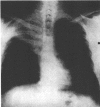

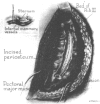

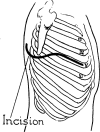
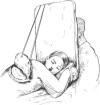





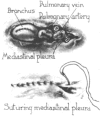



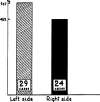




References
-
- Alexander J. Personal communication to Haight. Surg., Gynec. & Obst., 1934;58
-
- Arce M. J. Pneumectomie totale (Le tampon-drainage en chirurgie endothoracique). Mém. Acad. de Chir., 1936;62
-
- Idem. Tratamiento quirurgico de los quiste y tumores del pulmón (metodos y procedemuntos generates) Soc. Internat de Chir., 11th Congress, Sept. 1938.
LinkOut - more resources
Full Text Sources
